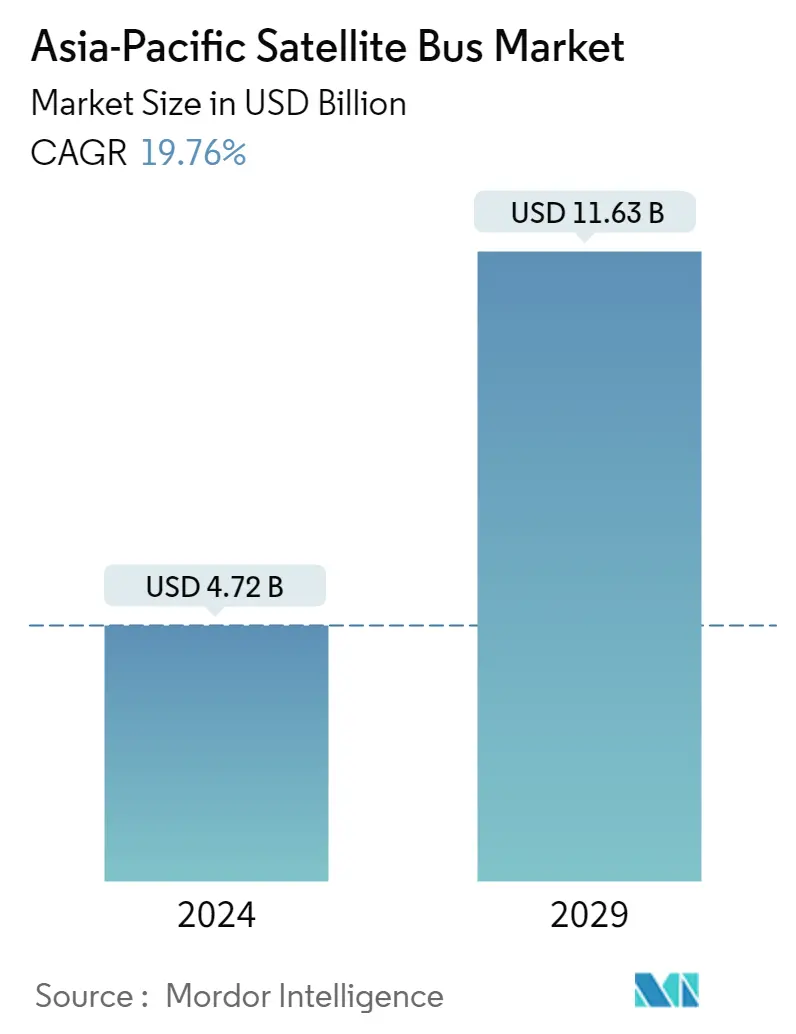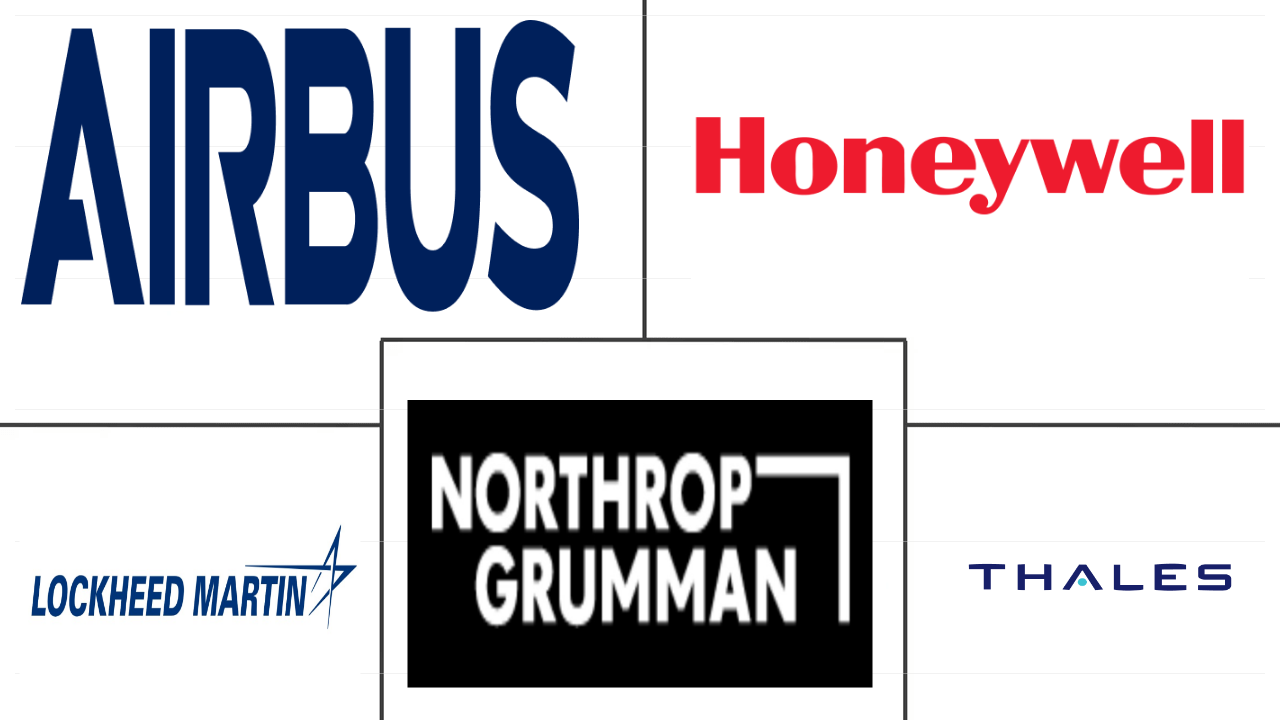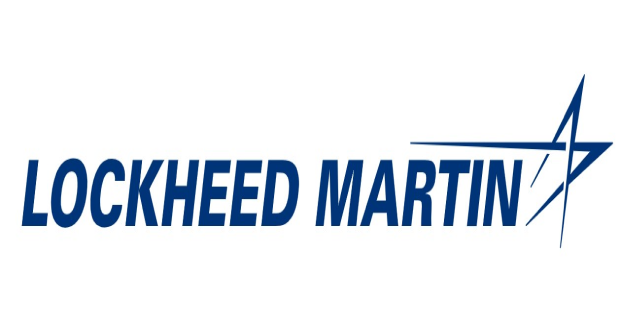Market Size of asia-pacific satellite bus Industry

|
|
Study Period | 2017 - 2029 |
|
|
Market Size (2024) | USD 4.72 Billion |
|
|
Market Size (2029) | USD 11.63 Billion |
|
|
Largest Share by Orbit Class | LEO |
|
|
CAGR (2024 - 2029) | 19.76 % |
|
|
Largest Share by Country | South Korea |
|
|
Market Concentration | High |
Major Players |
||

|
||
|
*Disclaimer: Major Players sorted in no particular order |
Asia-Pacific Satellite Bus Market Analysis
The Asia-Pacific Satellite Bus Market size is estimated at USD 4.72 billion in 2024, and is expected to reach USD 11.63 billion by 2029, growing at a CAGR of 19.76% during the forecast period (2024-2029).
4.72 Billion
Market Size in 2024 (USD)
11.63 Billion
Market Size in 2029 (USD)
29.16 %
CAGR (2017-2023)
19.76 %
CAGR (2024-2029)
Largest Market by Satellite Mass
65.83 %
value share, 100-500kg, 2022
Minisatellites with expanded capacity for enterprise data (retail and banking), oil, gas, and mining, and governments in developed countries pose high demand. The demand for minisatellites with a LEO is increasing due to their expanded capacity.
Largest Market by Application
78.69 %
value share, Communication, 2022
Governments, space agencies, defense agencies, private defense contractors, and private space industry players are emphasizing the enhancement of the communication network capabilities for various public and military reconnaissance applications.
Largest Market by Orbit Class
72.49 %
value share, LEO, 2022
LEO satellites are increasingly being adopted in modern communication technologies. These satellites serve an important role in Earth observation applications.
Largest Market by End User
69.05 %
value share, Commercial, 2022
The commercial segment is expected to occupy a significant share because of the increasing use of satellites for various telecommunication services.
Leading Market Player
24 %
market share, Lockheed Martin Corporation, 2022

Lockheed Martin is the leading player in the Asia-Pacific satellite bus market. It has a strong product portfolio and it's customers include civil and military customers. This has facilitated the company in capturing the highest share of the market.
Satellites that are being launched into LEO is driving the market demand
- The Asia-Pacific region has seen a significant increase in the demand for satellite buses to accommodate a wide range of satellite orbits. This demand has been driven by the growing need for satellite-based communication, navigation, and remote sensing services. Earth observation satellites have become increasingly popular for a wide range of applications. The demand for LEO satellites has been particularly strong in China, where companies such as Spacety and Chang Guang Satellite Technology Co. Ltd. offer satellite buses for LEO missions. China has been active in this region with the launch of the Gaofen series satellites. Between 2017 and 2022, approximately 379 satellites were launched into LEO.
- GEO satellites are particularly important for communication and broadcasting services, such as television and the Internet. The demand for GEO satellites has been particularly strong in India, where companies such as ISRO and Antrix Corporation Ltd have been developing advanced satellite buses for communication missions. China has also been investing heavily in GEO satellites, with the launch of the Zhongxing series of communication satellites. Between 2017 and 2022, approximately 66 satellites were launched into GEO.
- MEO satellites, such as GPS and Galileo, have become increasingly important for global navigation and positioning services. Japan has been a leader in Asia-Pacific, with the launch of the Michibiki series of MEO navigation satellites. China has also been investing in MEO satellites with the launch of the Beidou navigation system. Between 2017 and 2022, approximately 24 satellites were launched into MEO. The overall market is expected to grow by 20.72% during 2023-2029.
Asia-Pacific Satellite Bus Industry Segmentation
Communication, Earth Observation, Navigation, Space Observation, Others are covered as segments by Application. 10-100kg, 100-500kg, 500-1000kg, Below 10 Kg, above 1000kg are covered as segments by Satellite Mass. GEO, LEO, MEO are covered as segments by Orbit Class. Commercial, Military & Government are covered as segments by End User.
- The Asia-Pacific region has seen a significant increase in the demand for satellite buses to accommodate a wide range of satellite orbits. This demand has been driven by the growing need for satellite-based communication, navigation, and remote sensing services. Earth observation satellites have become increasingly popular for a wide range of applications. The demand for LEO satellites has been particularly strong in China, where companies such as Spacety and Chang Guang Satellite Technology Co. Ltd. offer satellite buses for LEO missions. China has been active in this region with the launch of the Gaofen series satellites. Between 2017 and 2022, approximately 379 satellites were launched into LEO.
- GEO satellites are particularly important for communication and broadcasting services, such as television and the Internet. The demand for GEO satellites has been particularly strong in India, where companies such as ISRO and Antrix Corporation Ltd have been developing advanced satellite buses for communication missions. China has also been investing heavily in GEO satellites, with the launch of the Zhongxing series of communication satellites. Between 2017 and 2022, approximately 66 satellites were launched into GEO.
- MEO satellites, such as GPS and Galileo, have become increasingly important for global navigation and positioning services. Japan has been a leader in Asia-Pacific, with the launch of the Michibiki series of MEO navigation satellites. China has also been investing in MEO satellites with the launch of the Beidou navigation system. Between 2017 and 2022, approximately 24 satellites were launched into MEO. The overall market is expected to grow by 20.72% during 2023-2029.
| Application | |
| Satellite Mass | |
| Orbit Class | |
| End User | |
Asia-Pacific Satellite Bus Market Size Summary
The Asia-Pacific Satellite Bus Market is experiencing robust growth, driven by the increasing demand for satellite-based communication, navigation, and remote sensing services. This demand is particularly strong in China, India, and Japan, where companies are actively developing satellite buses for various orbits, including LEO, GEO, and MEO. The region's focus on Earth observation and communication satellites is evident in the activities of major players like ISRO, Antrix Corporation Ltd, and the China National Space Administration. The market is characterized by a shift towards smaller satellites and distributed satellite networks, which offer improved coverage and flexibility. This trend is supported by the integration of satellite communications into the 5G infrastructure, creating new opportunities for extending services in both urban and rural areas.
The market landscape is fairly consolidated, with leading companies such as Airbus SE, Honeywell International Inc., Lockheed Martin Corporation, Northrop Grumman Corporation, and Thales dominating the sector. These companies are enhancing their production capabilities to meet the growing demand, as evidenced by recent contracts and expansions in satellite assembly and testing facilities. The Asia-Pacific region is poised for significant growth, with countries like China, India, and Japan playing pivotal roles in advancing satellite bus manufacturing. The establishment of large satellite constellations, such as China's 13,000-satellite internet project, underscores the region's commitment to expanding its space infrastructure and capabilities.
Asia-Pacific Satellite Bus Market Size - Table of Contents
-
1. MARKET SEGMENTATION (includes market size in Value in USD, Forecasts up to 2030 and analysis of growth prospects)
Asia-Pacific Satellite Bus Market Size FAQs
How big is the Asia-Pacific Satellite Bus Market?
The Asia-Pacific Satellite Bus Market size is expected to reach USD 5.82 billion in 2025 and grow at a CAGR of 17.07% to reach USD 12.80 billion by 2030.
What is the current Asia-Pacific Satellite Bus Market size?
In 2025, the Asia-Pacific Satellite Bus Market size is expected to reach USD 5.82 billion.

